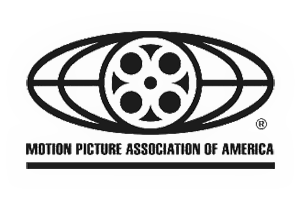PhotoPlus Expo 2009 - Day 2
The second day of the PhotoPlus Expo in New York City was a little less hectic, but still very fulfilling. We were not so overwhelmed with all the things to see and people to talk to (and learn from) because we had our bearing by now. Yet, we still have a lot we want to see tomorrow, Saturday, the last day.
Below once again is the combined video of interviews with the Copyright Office, Orbis Ring Flash, Photoshelter, and we finally got some more information about the product similarities between the Sun Sniper (interviewed yesterday), and the Black Rapid company, which we interviewed today.
Following the jump are the individual videos, if you'd just like to watch one.
Combined Video (RSS readers visit here):
Photo Plus Expo Day 2 from John Harrington on Vimeo.
Copyright Office interview (RSS readers visit here):
US Copyright Office at ASMP Booth during Photo Plus Expo 2009 from John Harrington on Vimeo.
Photoshelter interview (RSS readers visit here):
Photoshelter during Photo Plus Expo 2009 from John Harrington on Vimeo.
Orbis Ring Flash interview (RSS readers visit here):
Orbis Ring Flash during Photo Plus Expo 2009 from John Harrington on Vimeo.
Black Rapid interview (RSS readers visit here): 7230657
Black Rapid Camera Strap Company during Photo Plus Expo 2009 from John Harrington on Vimeo.
Please post your comments by clicking the link below. If you've got questions, please pose them in our Photo Business Forum Flickr Group Discussion Threads.


